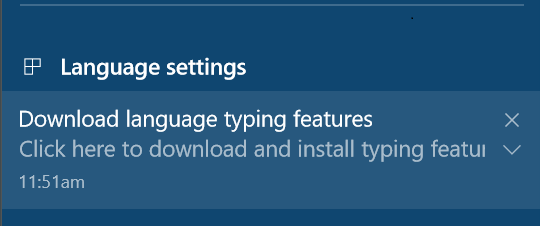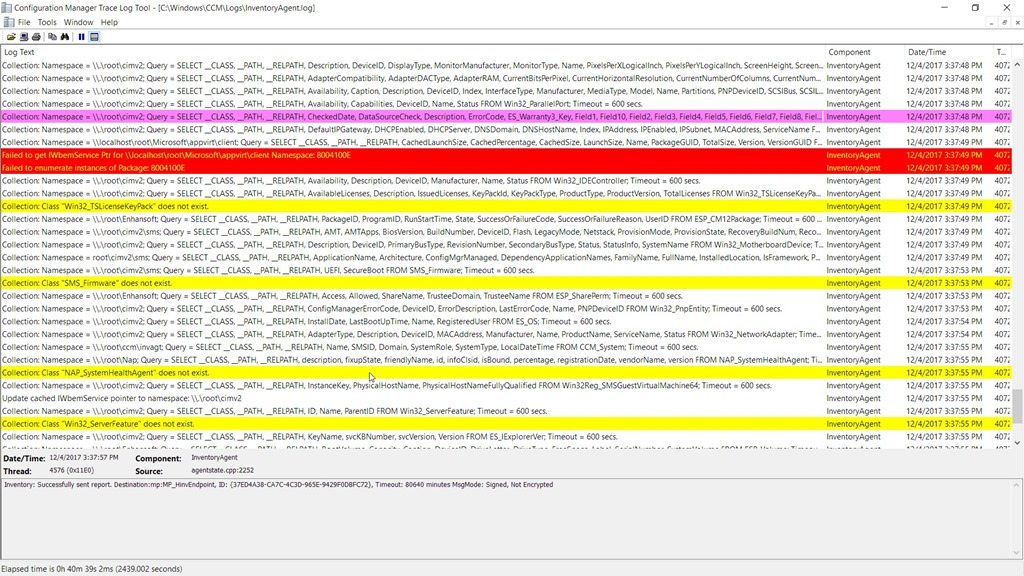
I want to believe that there was a really good reason why Microsoft done this but…well…not figured out exactly why.
In Windows 10, Microsoft introduced a lot of native apps that allows users to install let additional software and one of the great examples is the ability for Microsoft Edge to open PDF files.
Although this is very helpful for a lot of people, in some cases, specially enterprises, this is not the ideal thing, and a some work need to be done first, not to rely on Adobe Acrobat Reader.
That said, if you need to make sure Adobe Acrobat Reader its your users default PDF reader well…there’s some things you’ll need to do.
I’ll use PDF files as an example because this is the most common one nowadays.
Although there’s more than a way to configure file type association, I believe this is the most flexible approach because you can change the configuration in a very easy and centralized way.
What you’ll need:
- A XML file with the file types association
- A centralized share where the XML will be downloaded for your users
- Change/Create a GPO
What you need to do:
- The XML file will contains information about:
- file type (extension)
- the default app to open the file type
- the program id
- You can create the xml from scratch, or you can export your current configuration with DISM:
DISM /online /Export-DefaultAppAssociations:C:\Temp\defaultappassociations.xml - If you export the xml file, now you just need to cleanup the line you don’t need and keep the ones you need (in this case, PDF)
- Here’s an example of how it looks like:
<?xml version="1.0" encoding="UTF-8"?>
<DefaultAssociations>
<Association Identifier=".acrobatsecuritysettings" ProgId="AcroExch.acrobatsecuritysettings" ApplicationName="Adobe Acrobat Reader DC" />
<Association Identifier=".fdf" ProgId="AcroExch.FDFDoc" ApplicationName="Adobe Acrobat Reader DC" />
<Association Identifier=".pdf" ProgId="AcroExch.Document.DC" ApplicationName="Adobe Acrobat Reader DC" />
<Association Identifier=".pdfxml" ProgId="AcroExch.pdfxml" ApplicationName="Adobe Acrobat Reader DC" />
<Association Identifier=".pdx" ProgId="PDXFileType" ApplicationName="Adobe Acrobat Reader DC" />
<Association Identifier=".xdp" ProgId="AcroExch.XDPDoc" ApplicationName="Adobe Acrobat Reader DC" />
<Association Identifier=".xfdf" ProgId="AcroExch.XFDFDoc" ApplicationName="Adobe Acrobat Reader DC" />
<Association Identifier="acrobat" ProgId="acrobat" ApplicationName="Adobe Acrobat Reader DC" />
</DefaultAssociations> - Now, just to make sure everything is fine, open the xml file just to check if opens the right way, because copy+paste may sometime not be a good friend.
- Now that you have your xml file, you’ll need to put it on a network share
- Next, create a Group Policy Preference (GPP) to copy the file to your machines. The file must be copied to a location where users have read permission (and just read permission).
- And now the last step. Making sure Windows knows that there’s a file type association xml file to read.
- Open or create a GPO, and navigate to:
Computer Configuration > Administrative Templates > Windows Components > File Explorer - Edit “Set a default association configuration file”
- Now you’re going to add the path where the xml file is on your clients
And…you’re done.
This will take effect when users logoff/logon again.
Because of the way Windows 10 monitors and analyzes file association hijacking the first time a user tries to open a PDF file, there will be a prompt about it like the one below, this happens only once:

And…that’s it.
This looks more complicated than it is but…for me, the main issue is how a new Windows 10 version can easily break the configuration, which means, another thing for your checklist when moving to a new Windows 10 Feature Update.
Last but not least, here are some other approach or other ways to explain how to configure Windows 10 file type association:
TechNet Blogs - Windows 10 – How to configure file associations for IT Pros?
4SysOps - Default File Associations in Windows 10
MSDN Blogs - Making file type associations enterprise ready






























